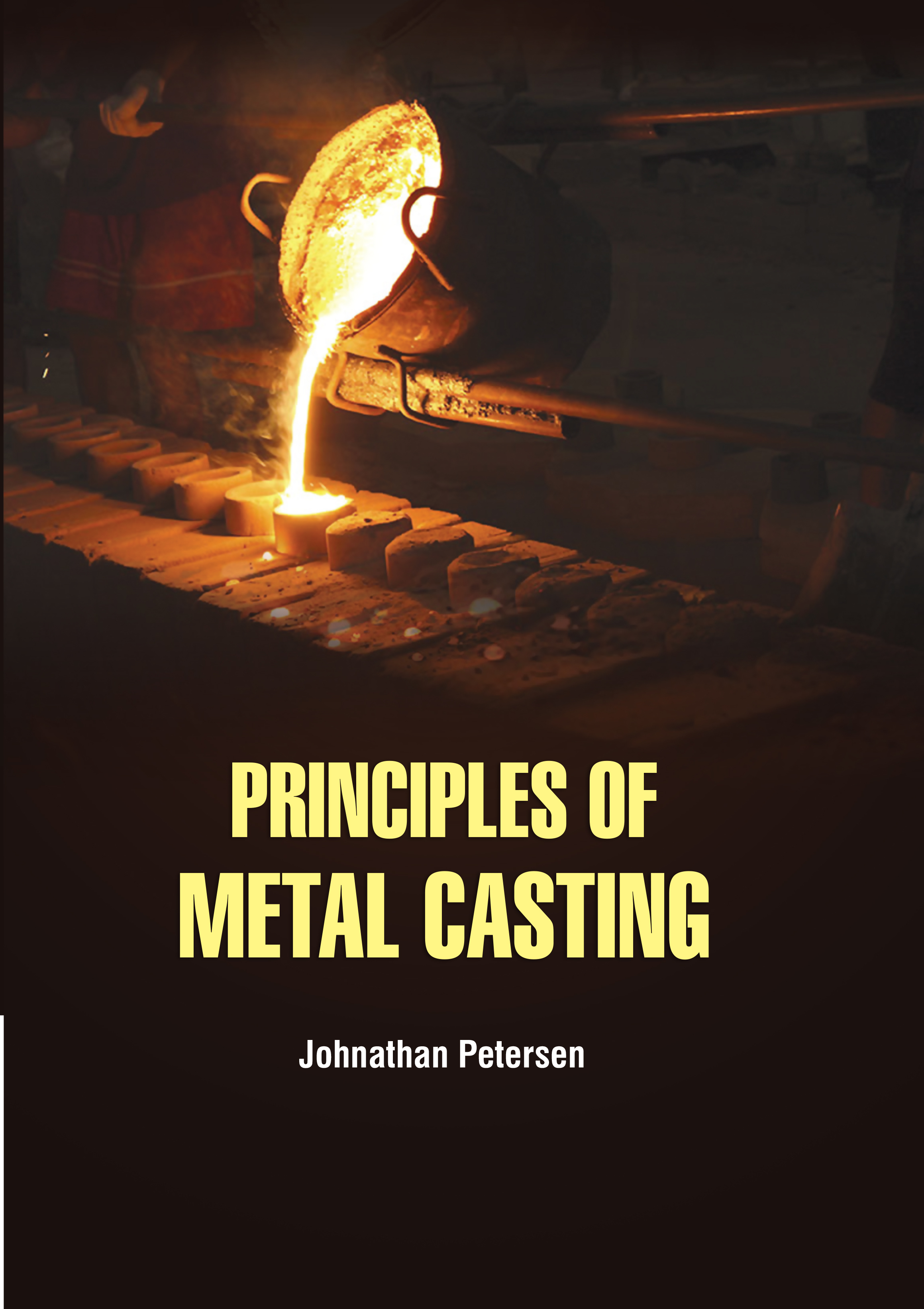
Principles of Metal Casting
by Johnathan Petersen
| ISBN | 9789372425758 |
|---|---|
| Publisher | Digital Drive Learning |
| Copyright Year | 2026 |
| Price | $260.00 |

by Johnathan Petersen
| ISBN | 9789372425758 |
|---|---|
| Publisher | Digital Drive Learning |
| Copyright Year | 2026 |
| Price | $260.00 |
The word metalcasting refers to the process of forming a product or part from molten metal, using any type of mold to govern its final shape. A metal casting, on the other hand, is a product or part resulting from the metalcasting process. Throughout this article and elsewhere on our website we use the word casting interchangeably, either as a stand-in for the process of metalcasting or for the object, a metal casting. Metal casting can be divided into two groups by the basic nature of the mould design. i.e. expendable mould and permanent mould castings. It can be further subdivided into groups depending on their pattern material. Casting is a method where a solid material is dissolved, heated to suitable temperature (generally treated to change its chemical structure), and is then added into a mold or cavity, which keeps it in a proper form during solidification. There are numerous metal casting processes implemented in the manufacturing of parts. Two main divisions can be identified by the fundamental nature of a mold they use. There is expendable casting and long-lasting mold casting. Expendable molds are utilized for a single metal casting while longlasting molds are utilized for several. When considering manufacturing procedures, there are pros and cons to both of the processes. Sometimes called non-expendable mould casting, permanent mould casting uses permanent moulds that are reused after each production cycle. Although permanent mould casting produces repeatable parts due to re-use of the same mould, it can only produce simple castings as the mould needs to be opened to remove the castings. The work has a unique viewpoint, interpreting the behaviour of castings, and metals as a whole, in terms of their biofilm content, the largely invisible casting defects which control much of the structure and behaviour of metals.